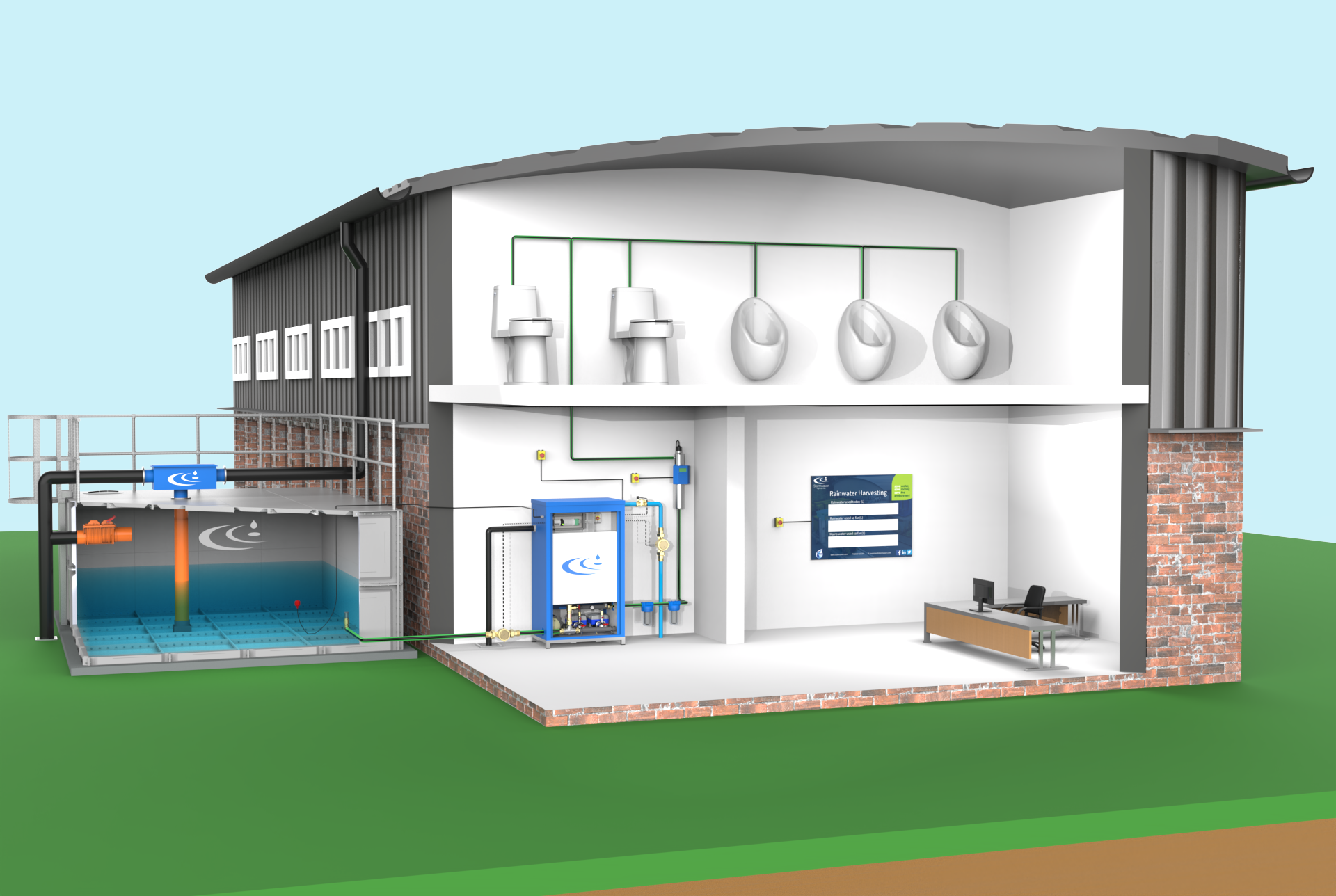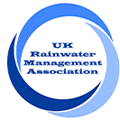The need for green: why rainwater harvesting is a must on all new buildings
03/12/2022
 Net Zero – the target we will begin to hear more and more of in the run up to 2050. That’s when the UK Government are aiming to decarbonise our economy. Essentially, this means we all need to reduce our emissions to as low as possible, with any unavoidable emissions being offset through natural forests and new capture technologies.
Net Zero – the target we will begin to hear more and more of in the run up to 2050. That’s when the UK Government are aiming to decarbonise our economy. Essentially, this means we all need to reduce our emissions to as low as possible, with any unavoidable emissions being offset through natural forests and new capture technologies.
Although the Net Zero target may seem decades away, many of the buildings we are constructing right now will be in operation beyond 2050. So, we need to think how we can make these buildings future-ready! Building Regulations are just one of the ways to influence change within the construction and development industry. Just last year, the UK Government announced new homes, offices, and shops will need cut carbon emissions by nearly 30%.
We also need to think about water. Water conservation and carbon reduction go hand in hand, and we shouldn’t focus on one without the other! Our water supplies are under pressure from increasing populations and longer, drier summers. If we do not change our water consumption habits now, we will suffer shortages in the future. The issue is we are still constructing buildings without rainwater harvesting as standard or any water reuse systems at all!
Rainwater harvesting is proven to be a simple, yet effective solution to helping towards reducing carbon emissions and boosting water conservation efforts. Not only does recycled rainwater produce less carbon emissions than relying on a traditional mains supply, but the technology also reduces reliance on mains water for non-potable water usage. We can save our precious drinking water for when we need it most! Read our handy guide to carbon and rainwater harvesting here.
How does a rainwater harvesting system work in a commercial building?
Simple, isn’t it?
We have the technologies to create a sustainable future, let’s use them and install rainwater harvesting as standard on all new developments.
Learn more
Keep up to date with our latest rainwater harvesting blogs here. Or you can contact our friendly team here.

My role as a Water Reuse Specialist means I get to keep up to date with all things water conservation. My favourite water saving tip is to turn taps off when brushing your teeth! I think rainwater harvesting and the water reuse industry is exciting, and I love sharing updates with our customers. View Matt’s Stormsaver profile here.
Terms & Privacy Policy Cookie Policy Site Map
Copyright © 2024 Stormsaver Ltd. All Rights Reserved.





